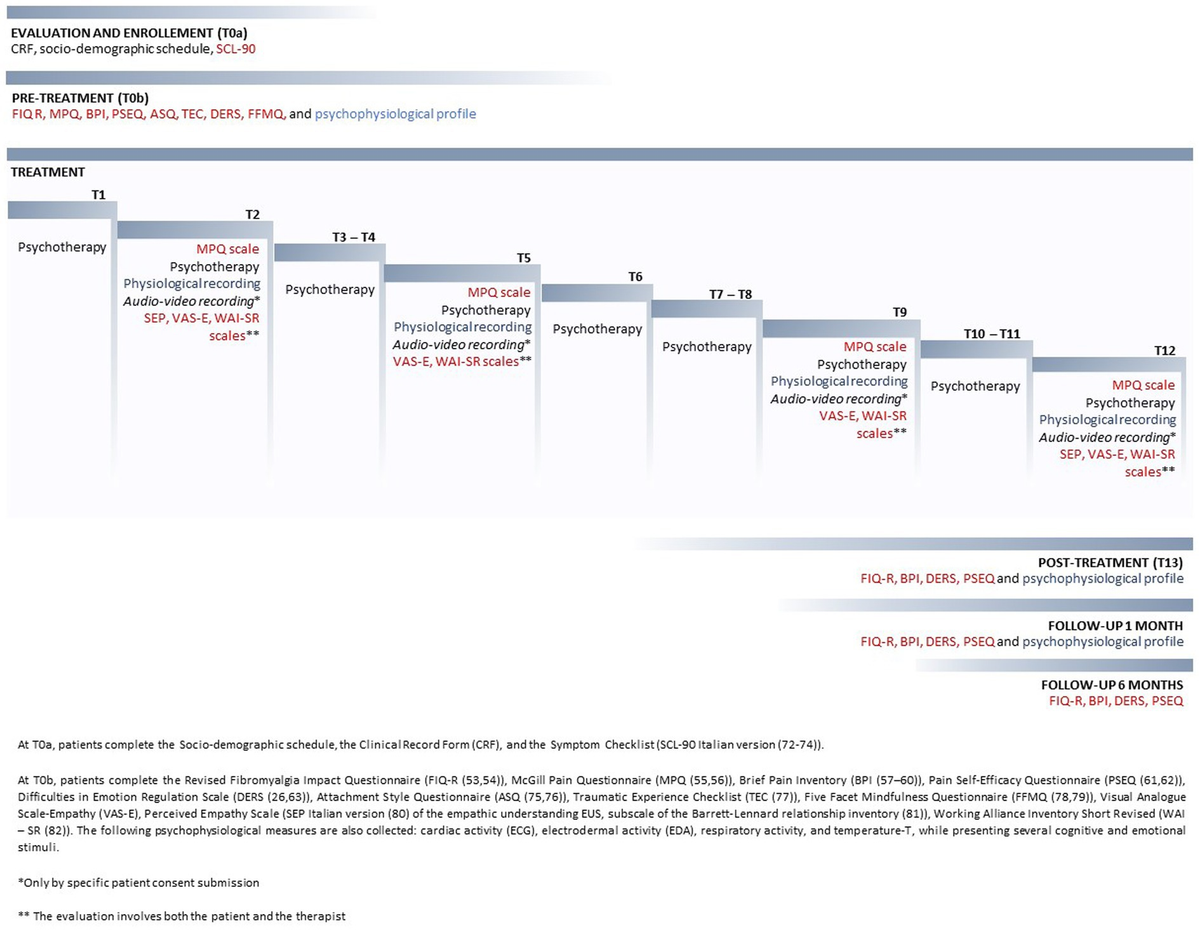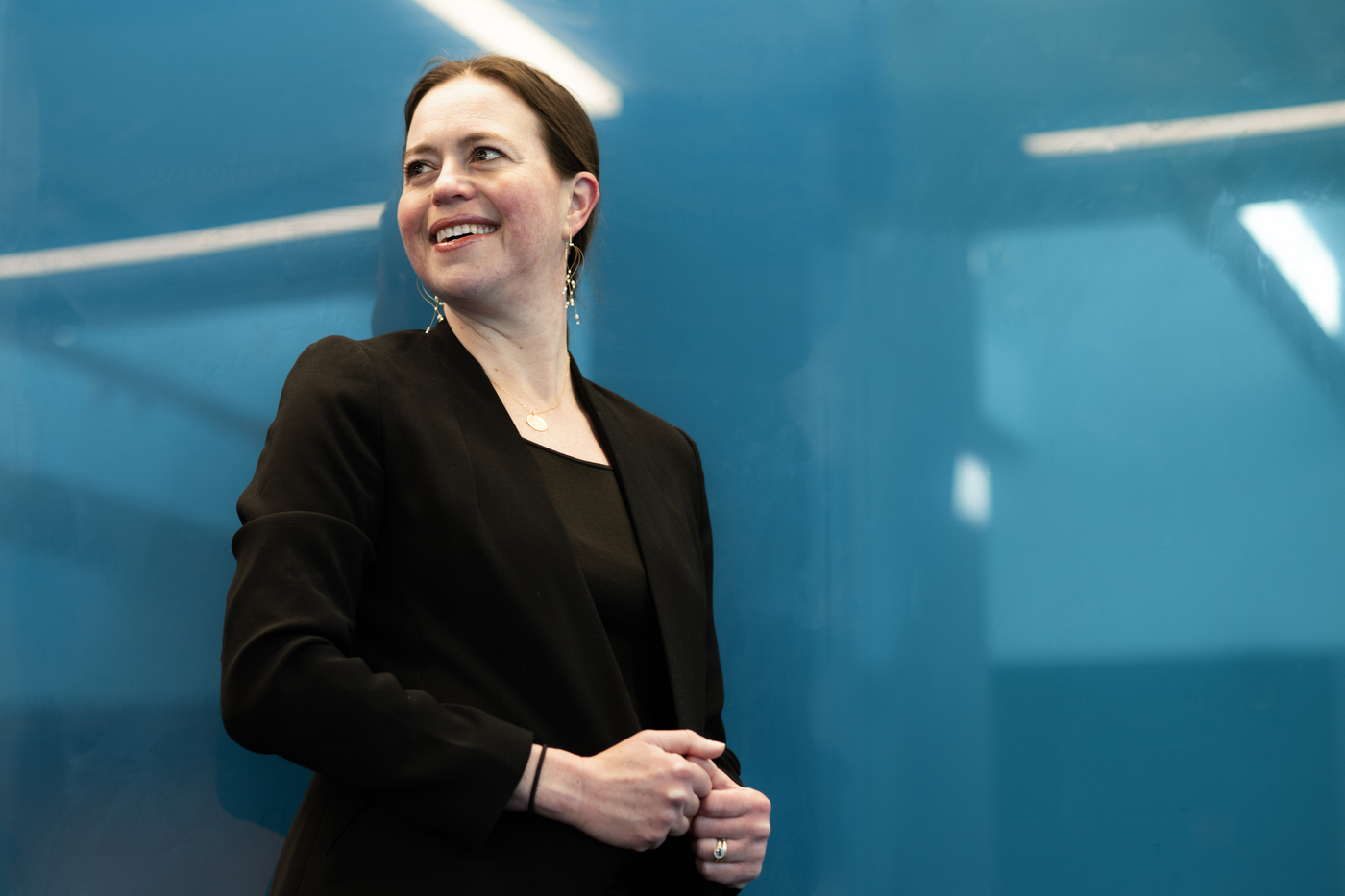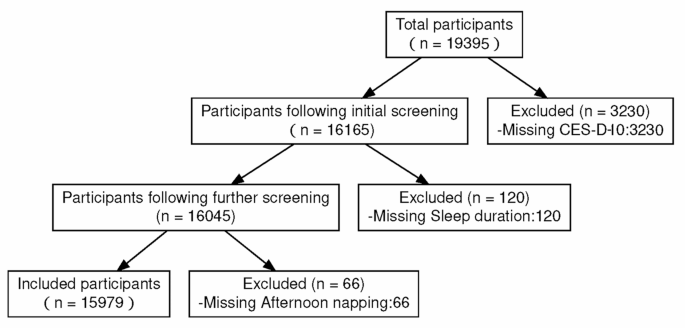By Hinna Ahsan, September 26 2024—
According to a 2021 Canadian Pain Task Force Report, one in five Canadians live with chronic pain. That’s an estimated 7.6 million people who endure constant, unrelenting discomfort every day. September is marked as Chronic Pain Awareness Month and offers an opportunity to acknowledge their daily struggles and to raise awareness for better care, resources, and understanding.
Chronic pain is typically defined as pain that lasts for at least three months. However, for most people living with this condition, the pain endures much longer, often continuing for years. Going far beyond temporary discomfort, it’s a continuous, often invisible presence that profoundly shapes every aspect of a person’s life. As my grandmother once described it, “A shadow that follows you, no matter how much you try to ignore it.”
Living with chronic pain can be exhausting, not just because of the pain itself but because it takes away the ability to do things many take for granted. Everyday tasks like working, playing with children, or even simple chores can become overwhelming. Even though people may want to stay active, their bodies often can’t keep up. Over time, this leads to feelings of tiredness, frustration, and emotional strain—often resulting in sadness, anxiety, and depression.
The pain itself is hard enough, but it’s often made worse by a lack of understanding from others. Chronic pain remains invisible to most people, which can make those affected feel dismissed or even questioned about the legitimacy of their pain. This is as stigma still surrounds chronic pain, with many believing sufferers are exaggerating, reliant on medication, or simply lazy. This lack of understanding only deepens their sense of isolation.
Chronic pain arises from numerous causes, including injury, surgery, nerve damage, arthritis, and diseases such as fibromyalgia or multiple sclerosis. It can also stem from no clear reason at all, leaving sufferers and even medical professionals perplexed.
The nature of chronic pain is complex, affecting not only the body but also the mind. Over time, the brain’s ability to process pain can become over sensitised, amplifying every ache and discomfort. What is usually a remarkable trait of the brain, its capacity to adapt, can in the case of chronic pain lead to a cycle of prolonged suffering. This makes the experience of pain not just constant, but often overwhelming as both the body and brain struggle to find relief. Unfortunately, many sufferers are left to rely on temporary fixes, such as opioid medications, which may provide short-term relief but fail to resolve the underlying issue.
In Alberta, there are programs that offer comprehensive support for those dealing with chronic pain. Alberta Health Services’ Better Choices, Better Health (BCBH) workshops help people manage pain through practical tools and peer support. These workshops offer strategies for dealing with pain, fatigue, and the emotional weight of long-term discomfort. By connecting with others who share similar experiences, participants often find relief in knowing they’re not alone.
Additionally, the Calgary Pain Program provides patients access to a team of healthcare professionals, including physiotherapists, psychologists, and nutritionists. By addressing emotional health and physical well-being together, these clinics offer more sustainable solutions than medication alone.
The partnership between the University of Calgary’s Cumming School of Medicine and the Calgary Pain Program also strengthens the available treatment of chronic pain, integrating advanced medical approaches with patient care. This collaboration is designed to improve the quality of life for those suffering from chronic pain by combining research, education, and clinical services.
While these resources provide essential support, it’s important to remember that not everyone experiences chronic pain equally. Women are often more likely to report chronic pain conditions like migraines and fibromyalgia, yet research shows that they are often under-treated. Socioeconomic barriers can also prevent many people from accessing the specialised care they need. These disparities highlight the importance of raising awareness about chronic pain, not only as a medical condition but also as a social issue.
Raising awareness during this month means making chronic pain visible to those who might not understand its impact. By sharing stories of those who live with chronic pain daily, we can break down the barriers of isolation and help create a future where no one feels like they’re facing their pain alone.
This article is a part of our Voices section and does not necessarily reflect the views of the Gauntlet editorial board.












